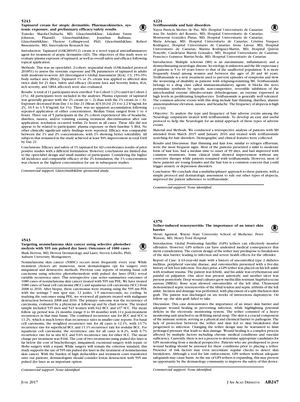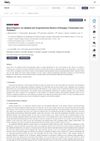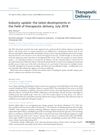Tether-Induced Tenosynovitis: The Importance of an Intact Skin Barrier
May 2017
in “
Journal of The American Academy of Dermatology
”

TLDR An intact skin barrier is crucial to prevent infection in cases of tether-induced tenosynovitis.
The document reports on three separate studies. The first study evaluated the pharmacokinetics, systemic exposure, and preliminary efficacy/safety of tapinarof cream for atopic dermatitis (AD). It was an open-label study with 11 participants, showing that 1% tapinarof cream had better tolerability and comparable efficacy to the 2% cream, with no significant safety concerns. The second study summarized the outcomes of 1080 cases of nonmelanoma skin cancer treated with 595 nm pulsed dye laser (PDL), showing a combined recurrence rate of 11.2% for basal cell carcinoma (BCC) and squamous cell carcinoma (SCC), suggesting PDL as a cost-effective treatment option. The third study was a retrospective analysis of hair disorders in patients with multiple sclerosis treated with teriflunomide, concluding that a multidisciplinary approach and dermatologic assessment could improve patient adherence to the medication. The document also includes a case report on tether-induced tenosynovitis, emphasizing the importance of an intact skin barrier to prevent infection and suggesting that the design of GPS tethers may need to be reconsidered to prevent skin damage in susceptible individuals.




